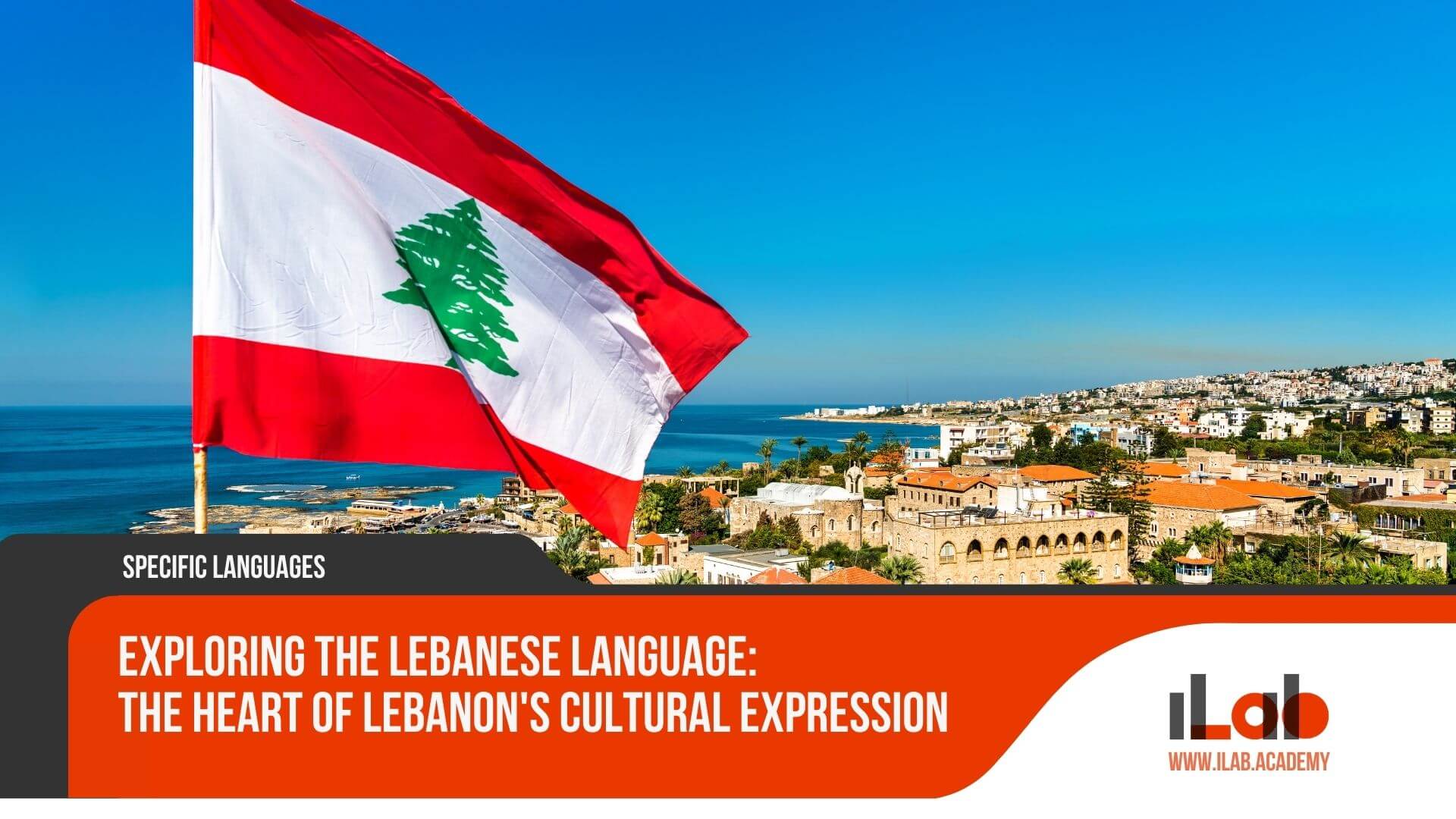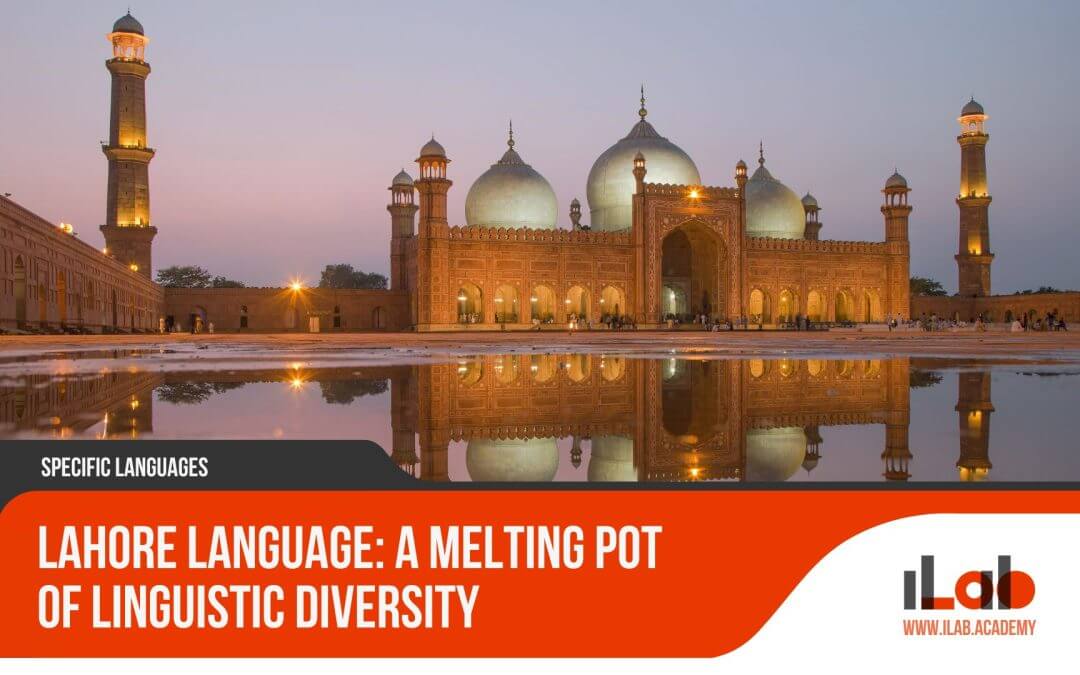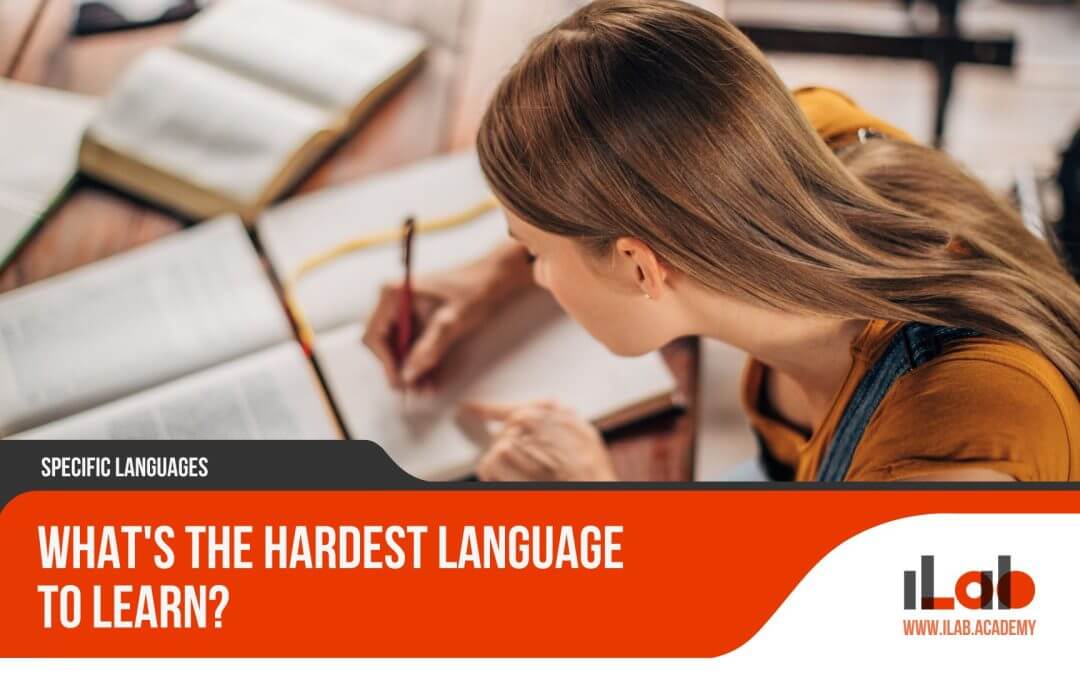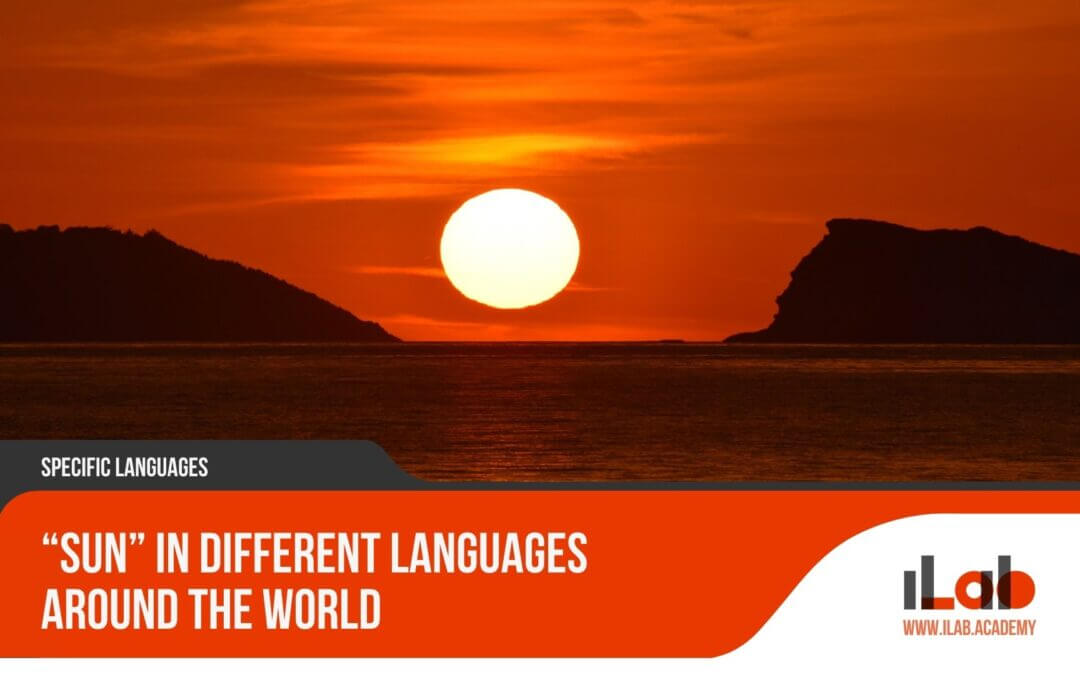Table of contents
In the realm of linguistic studies, the Lebanese language presents a compelling case of how vernaculars can encapsulate the zeitgeist of a nation’s identity and cultural heritage. Often perceived merely as a dialect of Arabic, Lebanese Arabic, with its distinct phonological nuances and syntactic idiosyncrasies, stands as a testament to Lebanon’s complex historical tableau and its interactions with various civilizations. As scholars and enthusiasts seek to comprehend the full scope of Lebanon’s linguistic landscape, it becomes clear that the Lebanese language is not just a means of communication but a vessel of the country’s collective memory and societal values. This exploration into the Lebanese language not only reveals its intrinsic role within the daily life of the Lebanese people but also prompts a broader discussion regarding the dynamics of language evolution, the interplay between language and national consciousness, and the implications for cultural preservation in an increasingly globalized world. In navigating this intricate tapestry, one cannot help but wonder: where does the uniqueness of Lebanese Arabic guide us in understanding the resilience and adaptability of cultural expression?
Key Takeaways
- Lebanese Arabic is a unique language with its own phonology, syntax, and vocabulary, distinct from Modern Standard Arabic and other Arabic dialects.
- The history of Lebanon, including influences from the Phoenicians, Ottomans, and French, has shaped the evolution of Lebanese Arabic and the incorporation of loanwords from different languages.
- Lebanese Arabic plays a significant role in shaping national identity and is used to express cultural values, social norms, and the characteristic spirit of the Lebanese people.
- Lebanon is a multilingual country, with French, English, and Armenian being commonly spoken alongside Lebanese Arabic, reflecting Lebanon’s cosmopolitan nature.
Lebanese Arabic: More Than a Dialect
Lebanese Arabic, the vernacular tongue of Lebanon’s populace, stands distinct from Modern Standard Arabic and regional dialects through its unique phonological, syntactic, and lexical properties. As the primary spoken language within the nation, Lebanese Arabic is often colloquially termed a dialect of Arabic. However, this characterization belies the complexity and distinctiveness of the language. Its phonology is notable for the presence of certain sounds that are not found in Modern Standard Arabic or are used differently, which can be attributed to the region’s historical interactions with different cultures.
The syntax of Lebanese Arabic also exhibits particularities that set it apart from other dialects. For instance, the use of certain particles and prepositions differs, impacting the structure of sentences and the conveyance of meaning. Additionally, Lebanese Arabic is rich with idiomatic expressions and proverbs that are uniquely Lebanese, reflecting the culture’s nuances and the people’s collective wisdom.
The vocabulary of Lebanese Arabic is another domain where its distinctness shines. It includes an array of loanwords from languages such as French, Turkish, and Aramaic, owing to Lebanon’s diverse historical influences. This amalgamation of linguistic elements has yielded a dialect that is not only a means of everyday communication but also a repository of the country’s multifaceted heritage.
Lebanese Arabic, thus, transcends the simplistic classification as a mere dialect. It is a vibrant language that embodies the country’s cultural identity, resonating with the historical depth and the social intricacies of Lebanese society. Understanding its features offers a window into the soul of Lebanon, revealing the richness of its linguistic landscape.
Influence of History on the Lebanese Language
The rich tapestry of Lebanon’s linguistic heritage has been woven through centuries of cultural interplay and conquest, significantly shaping the evolution of Lebanese Arabic. This complex history has left indelible marks on the language, embedding it with a multitude of linguistic influences that bear witness to Lebanon’s historical narrative. The Phoenicians, one of history’s great seafaring and trading civilizations, provided the earliest layers of linguistic influence, as evidenced by inscriptions and historical records. Later, the region fell under successive dominions, each leaving a lexical imprint on Lebanese Arabic.
The Ottoman Empire’s lengthy rule introduced a variety of Turkish words into the local vernacular, influencing not just vocabulary but also certain aspects of grammar and pronunciation. In the 20th century, the French Mandate over Lebanon further enriched the linguistic landscape, as French became the language of administration, education, and high culture, resulting in an infusion of French loanwords that are still prevalent in modern Lebanese Arabic.
Below is a table illustrating key historical influences and examples of loanwords integrated into Lebanese Arabic.
| Historical Influence | Examples of Loanwords |
|---|---|
| Phoenician | Maritime and trade terms, ancient place names |
| Ottoman | Administrative and household items (e.g. “tarboosh” for hat) |
| French | Modern technology and governance (e.g. “téléphone”, “président”) |
Understanding these historical layers is crucial for appreciating the depth and richness of Lebanese Arabic. It allows insight into how past events have not only shaped the nation’s language but also its cultural identity. As Lebanon continues to navigate its multicultural present, the language remains a living museum, echoing the voices of its diverse ancestors.
Language and Lebanese Identity
In the heart of every society, language emerges not only as a tool for communication but also as a defining element of cultural identity, and this is particularly true for Lebanese Arabic. This language serves as a cornerstone of national pride and a reflection of the Lebanese people’s resilience and adaptability. Lebanese Arabic, with its melodic intonation and distinct phrases, encapsulates the collective memory and shared experiences of the nation.
The language is a tapestry woven with threads of historical encounters and social intricacies. It’s a medium through which Lebanese citizens express their cultural values, social norms, and the characteristic joie de vivre that is synonymous with Lebanon. The unique colloquialisms and idioms of Lebanese Arabic offer insight into the country’s ethos and the vibrant spirit of its people. It is not unusual to hear a conversation sprinkled with humor and warmth, illustrating the Lebanese capacity for hospitality and camaraderie.
Moreover, Lebanese Arabic plays a pivotal role in shaping the country’s national identity. It acts as a unifying factor for the Lebanese, regardless of their religious or political affiliations. In a land where multiple languages coexist, the local dialect stands firm as a symbol of self-identification and unity. Through the cadences of Lebanese Arabic, the people convey their history, their struggles, and their aspirations. The language reflects the pride of a nation that, despite its size and the numerous challenges it has faced, continues to leave a significant cultural imprint in the region and beyond.
Lebanese Arabic is the heartbeat of Lebanon, a language that vibrates with the energy of its people and the rich tapestry of their shared identity.
The Role of Multilingualism in Lebanon
Reflecting the nation’s diverse cultural landscape, multiple languages are spoken in Lebanon, including French, English, and Armenian, alongside various minority languages. This linguistic mosaic not only highlights the country’s rich historical tapestry but also underscores the importance of multilingualism as a defining feature of Lebanon’s cultural and social identity.
In the Lebanese education system, multilingual instruction is a norm, with many schools teaching in two or even three languages. French and English are often used alongside Arabic, reflecting the nation’s historical ties and the value placed on linguistic proficiency as a tool for global engagement. This educational approach equips Lebanese citizens with the ability to navigate different cultural spheres and contributes to the country’s cosmopolitan nature.
The role of multilingualism extends beyond the classroom into various sectors such as business, media, and diplomacy. In these arenas, the ability to communicate in multiple languages is not merely a convenience but a necessity for economic and political interactions on both regional and international stages.
Furthermore, Lebanon’s multilingualism is a testament to its openness and adaptability. It allows for a broader exchange of ideas and has historically made Lebanon a cultural and intellectual hub in the Middle East. The interplay of languages within the country not only enriches personal communication but also enhances Lebanon’s cultural output in literature, cinema, and the arts.
Modern Standard Arabic in Education and Media
Modern Standard Arabic (MSA) serves as the cornerstone of formal education, literary works, and broadcast media in Lebanon, offering a contrast to the colloquial Lebanese Arabic spoken in daily life. As the official language of the country, MSA is used in governmental and legal documents, and it is also the medium of instruction in schools and universities for various subjects, especially the humanities and social sciences. This standardized form of Arabic ensures a consistent educational framework across the Arab world, though it may not be used in casual conversation among the Lebanese people.
In literature, MSA is the primary language for written works, including novels, essays, and poetry. It is the language of the intellectual discourse, enabling Lebanese writers to reach a broader Arab audience. Lebanese authors and poets often choose to write in MSA to partake in the larger Arab literary tradition, though some may also incorporate elements of the Lebanese dialect to add local flavor and cultural authenticity to their work.
The media landscape in Lebanon also relies heavily on MSA, particularly in news broadcasting and formal programming. Television and radio news anchors communicate in MSA, ensuring that the information is accessible and understandable to the widest possible Arab audience. However, there is a growing trend in entertainment and talk shows to use Lebanese Arabic, which resonates more with the daily experiences and emotional connections of the local audience.
The Lebanese are adept at code-switching, seamlessly transitioning between MSA and Lebanese Arabic depending on the setting and context. This linguistic flexibility reflects the nation’s rich cultural tapestry and the importance of language as a vehicle for both national unity and individual expression.
Lebanese Arabic in Literature and Music
Lebanese Arabic, with its melodic intonations and expressive lexicon, permeates the realm of literature and music, epitomizing the nation’s artistic soul. This vibrant dialect serves not merely as a means of communication but as a canvas for cultural and emotional expression, deeply rooted in Lebanon’s rich history.
In literature, Lebanese writers often employ the vernacular to imbue their narratives with a sense of immediacy and authenticity that resonates with the local populace. The use of colloquial language allows authors to capture the nuances of Lebanese life and to forge a connection with readers through shared linguistic heritage. Prominent literary figures, such as the late poet Said Akl, have been known to celebrate the Lebanese dialect, using it to compose poetry that venerates national identity and cultural pride.
Music, an integral aspect of Lebanese culture, also reflects the melodic essence of the dialect. The lyrics of iconic singers like Fairuz and Marcel Khalife are suffused with Lebanese Arabic, rendering their songs particularly evocative for Lebanese audiences. These musicians have not only contributed to the national soundscape but have also played a pivotal role in bringing the nuances of Lebanese Arabic to the global stage.
Lebanese Arabic in literature and music acts as a vessel for storytelling, preserving folklore, and capturing the collective memory of the people. Through the creative works of writers and musicians, the dialect transcends borders, allowing the Lebanese diaspora to maintain a tangible connection to their homeland. It is through these artistic expressions that Lebanese Arabic continues to thrive, celebrating the nation’s cultural dynamism and reinforcing the language’s place as a cornerstone of Lebanon’s cultural identity.
Challenges in Language Preservation
The preservation of the Lebanese Arabic dialect faces significant hurdles in an era where global languages and cultures exert influential pressure on local vernaculars. As the world becomes increasingly interconnected, the dominance of languages such as English and French, especially within technology, business, and education, poses a threat to the usage and retention of Lebanese Arabic. This linguistic shift not only alters everyday communication but also affects cultural identity and heritage.
Efforts to sustain the Lebanese dialect are met with a variety of challenges, from the lack of formal recognition and standardization to the influence of mass media and entertainment that often favor global languages or other dialects of Arabic. The concern is that the distinctiveness of the Lebanese vernacular may diminish if not actively preserved and promoted.
To evoke the emotional gravity of these challenges, consider the following table:
| Emotional Aspect | Impact on Language Preservation |
|---|---|
| Identity Crisis | Loss of cultural uniqueness and self-expression |
| Generational Gap | Weakening of language transmission to younger generations |
| Cultural Erosion | Diminishing of rich literary and musical traditions |
| Global Homogenization | Overpowering of local dialects by dominant global languages |
Preserving a language is akin to maintaining the soul of a culture. The Lebanese people, both within the country and across the diaspora, are at a pivotal moment where decisive action is required to ensure that future generations can speak and cherish their mother tongue. It is not simply about holding onto a method of communication, but about preserving a way of life that has been shaped by the language over centuries.
Language and the Lebanese Diaspora
While efforts to preserve Lebanese Arabic within the homeland face numerous challenges, the language continues to thrive among expatriate communities, serving as a vital link to their cultural roots. The Lebanese diaspora, estimated to be far larger than Lebanon’s population itself, has established vibrant enclaves in various parts of the world. In countries like Brazil, Australia, and the United States, Lebanese Arabic is not just a means of communication but a badge of identity, a reminder of the homeland for those who have settled far from its shores.
The transmission of Lebanese Arabic across generations is a cornerstone of cultural preservation within the diaspora. Parents and community leaders often emphasize the importance of speaking the language at home and in social gatherings. This linguistic connection fosters a sense of belonging and pride among younger members of the diaspora, who may have never visited Lebanon but still share a deep connection with its culture.
Community centers, cultural associations, and Lebanese schools abroad play a crucial role in maintaining the language. They offer classes in Lebanese Arabic, organize cultural events, and celebrate Lebanese traditions, ensuring that the essence of Lebanon’s cultural heritage is not lost in the melting pot of global migration.
Moreover, the advent of digital communication and social media has provided new avenues for the Lebanese diaspora to connect with their roots. Online platforms enable the sharing of Lebanese music, films, and literature, all of which help to keep the language alive among those living abroad. These digital interactions not only reinforce the use of Lebanese Arabic but also help to evolve it, as it absorbs and reflects the experiences of a population spread across continents.
Frequently Asked Questions
How Do Language Policies in Lebanon Address the Balance Between Preserving Lebanese Arabic and Promoting Multilingualism?
Lebanon’s language policies aim to preserve Lebanese Arabic while fostering multilingualism, recognizing the cultural significance of the native dialect alongside the benefits of global languages. Education systems implement curricula teaching Arabic, French, and English, reflecting historical influences and contemporary needs. These measures ensure linguistic diversity, promoting cultural identity and international communication while addressing the challenges of language preservation in the face of globalization.
In What Ways Does the Lebanese Sign Language Differ From Other Sign Languages, and How Is It Incorporated Into the Lives of the Lebanese Deaf Community?
Lebanese Sign Language (LSL) has unique linguistic structures distinguishing it from other sign languages. Developed within the Lebanese deaf community, LSL reflects Lebanon’s cultural and social norms. Its incorporation into the lives of Lebanese deaf individuals is facilitated through educational programs, social interactions, and specialized institutions, promoting inclusivity and communication while also facing challenges in widespread recognition and standardization efforts to ensure its preservation and accessibility.
How Has the Internet and Social Media Affected the Use of Lebanese Arabic Among the Younger Generation?
The internet and social media have significantly influenced the use of Lebanese Arabic among the youth. These platforms facilitate the blending of languages and the creation of new slang, leading to a dynamic evolution of Lebanese Arabic. However, there’s concern over potential dilution of the language as English and internet jargon permeate daily communication, prompting discussions on the need to balance modern influences with the preservation of linguistic heritage.
What Are the Most Common Misconceptions About Lebanese Arabic for Those Unfamiliar With the Language?
Common misconceptions about Lebanese Arabic include the belief that it is merely a dialect of Arabic without distinct rules or that it is uniform across Lebanon. In reality, Lebanese Arabic has a rich linguistic structure, varying regional accents, and incorporates unique vocabulary, some of which differ significantly from Modern Standard Arabic. It is a standalone variant that is integral to the nation’s identity and cultural expression.
How Do Regional Variations Within Lebanon Affect Communication and Mutual Intelligibility Among Speakers of Lebanese Arabic?
Regional variations within Lebanon can affect communication, with differing accents, vocabulary, and expressions. While these variances pose some challenges to mutual intelligibility among speakers, the shared linguistic foundation of Lebanese Arabic generally allows for understanding across regions. Exposure to diverse dialects through media and internal migration has further increased the ability of Lebanese individuals to comprehend each other’s regional linguistic nuances.
Conclusion
In conclusion, Lebanese Arabic stands as a vibrant marker of national identity, reflecting a complex historical tapestry and embodying a unique cultural heritage. It plays a pivotal role in the daily lives and artistic expressions of the Lebanese people, both within the nation and across the global diaspora. Despite the pressures of globalization and language homogenization, the resilience and enduring significance of Lebanese Arabic highlight its essential role in the preservation and celebration of Lebanon’s rich cultural identity.











